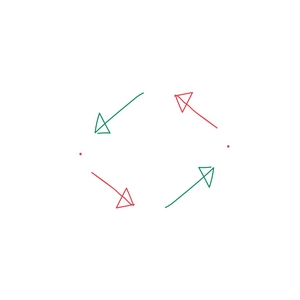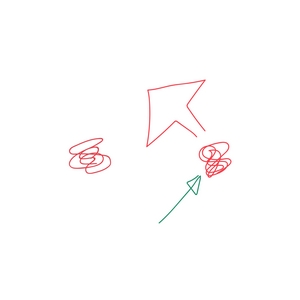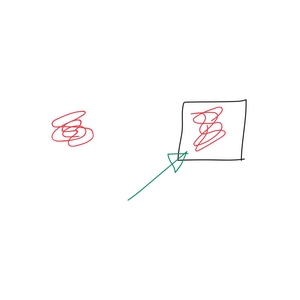Attachment (see Attachment Styles) is a term that defines a reciprocal relationship between nervous systems in which one system is the baby or child, and the other is the parent (usually mother) or primary caregiver. A child’s physical, emotional, psychological, and cognitive development is greatly influenced by the quality of this relationship, as are all future relationships in the child’s life.
When they are born, babies do not yet have the ability to regulate their own nervous systems, and must rely on the caregiver to do this for them. They learn to do this by themselves over time, just like walking and talking. The quality of attachment not only affects future relationships, but also the child’s ability to self-regulate. They learn from the example set by their primary caregivers. In parenting, it is an innate response to a baby’s distress to soothe them. We hold them close, rocking and cooing them until they are calm again.
Learning Through Example
These activities are mechanical interventions that settle the baby’s nervous system. There is a hardwired line of communication between nervous systems via touch, sound, and movement, that when used right over time, teaches the child to address their own distress and soothe their own systems. This is an important stage of learning as it is how the child will be able to mature into an adult who can regulate his or her own nervous system to be able to skilfully manage disappointment, confrontation, and other stressful situations.
The mechanical interventions that we learned from the relationship with our caregiver are applied to ourselves as adults through activities like massage to make us feel calm through touch, music to help us find balance, comfort, and harmony through sound, and dance to help us feel freedom through movement.
Types of Attachment
Ideally, the mother (or primary caregiver, but let’s use ‘mother’ as shorthand for the person filling this role) will have a functional, well regulated nervous system to work from in the mother-child relationship, or at least have containment in place to create the appearance of functional regulation.
The dynamic in which the mother is well regulated would look like this:

Such a dynamic would eventually teach the child to follow its mothers example, creating the following, ideal dynamic:

This is an example of secure attachment. Of course, life isn’t perfect and neither are people, so oftentimes other, less functional dynamics are created.
Here is a simple breakdown of other forms of attachment.
When the mother over reacts to triggers, the following dynamic is seen, and is known as resistant attachment.

Things look quite different in a dynamic in which the mother is an under reactor. This dynamic creates an attachment style known as avoidant attachment, which looks like this:

As mentioned earlier, babies are not born with an innate ability to self-regulate, so they follow by example. The quality of function and regulation in the mother’s nervous system is the major influencing factor in how the child’s ability to self regulate will develop into adulthood.
Originally published at: https://www.benjaminfry.co.uk/post/24-attachment/


